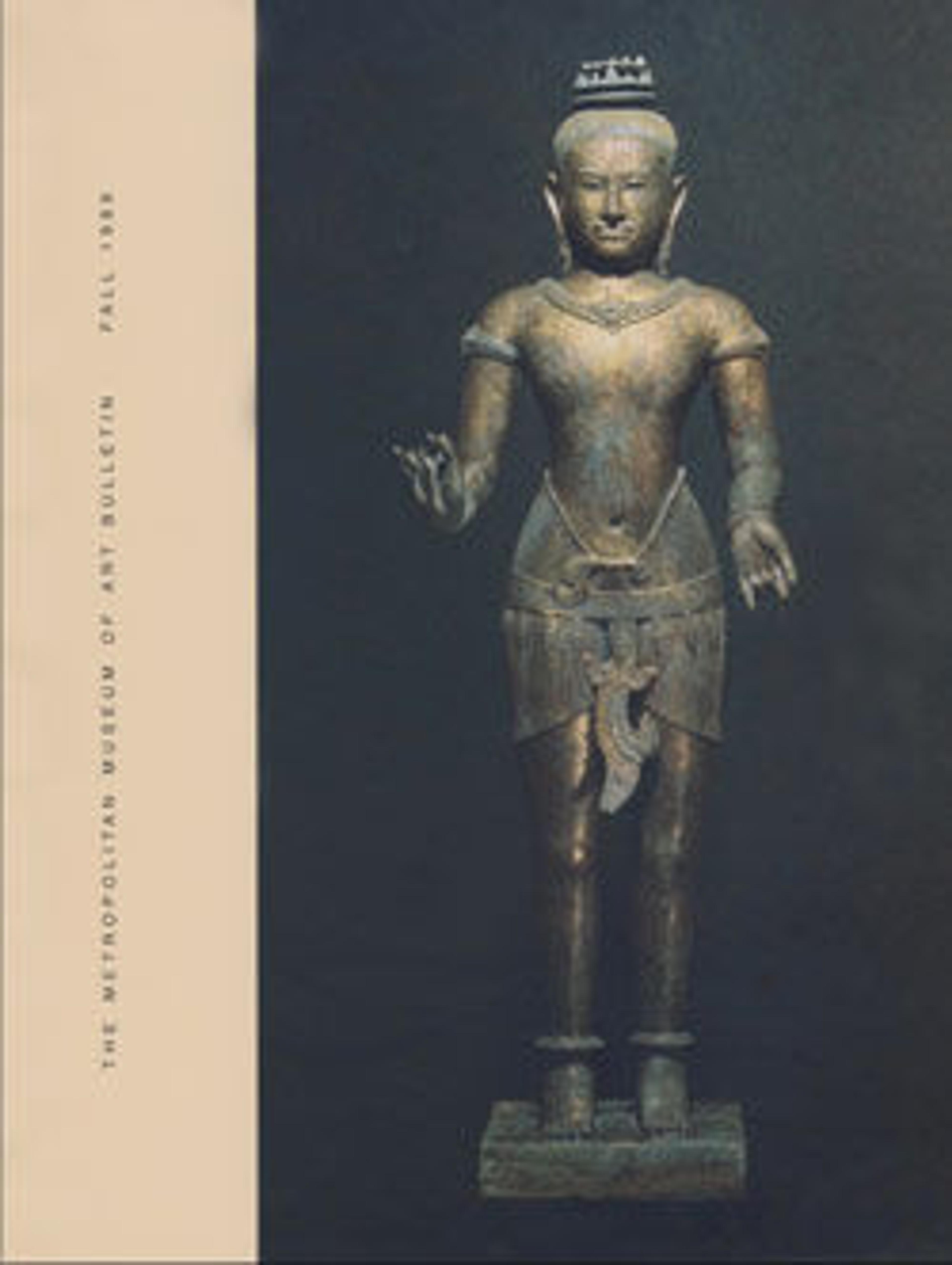"Vertebra" Armchair
The "Vertebra," introduced in 1976, is the first automatically adjustable office chair, designed to respond and adapt to the movements of the user's body and provide comfort and support. Designer Emilio Ambasz, who was born in Argentina and educated in the United States, sought to create the ideal chair in "Vertebra," one that was so integrated with the form of the occupant as to become virtually invisible and undetectable, functioning as an extension of the human body. The "Vertebra" chair won the ID Award for Excellence of Design in 1977, and stimulated subsequent research in the area of ergonomically designed office furniture, which continues to this day. In addition to his work in industrial design, Ambasz is an architect, writer, and critic.
Artwork Details
- Title: "Vertebra" Armchair
- Designer: Emilio Ambasz (Argentinian, born Resistencia, Chaco, 1943)
- Designer: Giancarlo Piretti (Italian, born Bologna, 1940)
- Date: 1974–76
- Medium: Polyurethane and leather
- Dimensions: 40 1/2 in. × 25 7/8 in. × 27 in. (102.9 × 65.7 × 68.6 cm)
- Classification: Furniture
- Credit Line: Gift of Open Ark, The Netherlands, 1989
- Object Number: 1989.48a–f
- Curatorial Department: Modern and Contemporary Art
More Artwork
Research Resources
The Met provides unparalleled resources for research and welcomes an international community of students and scholars. The Met's Open Access API is where creators and researchers can connect to the The Met collection. Open Access data and public domain images are available for unrestricted commercial and noncommercial use without permission or fee.
To request images under copyright and other restrictions, please use this Image Request form.
Feedback
We continue to research and examine historical and cultural context for objects in The Met collection. If you have comments or questions about this object record, please complete and submit this form. The Museum looks forward to receiving your comments.
